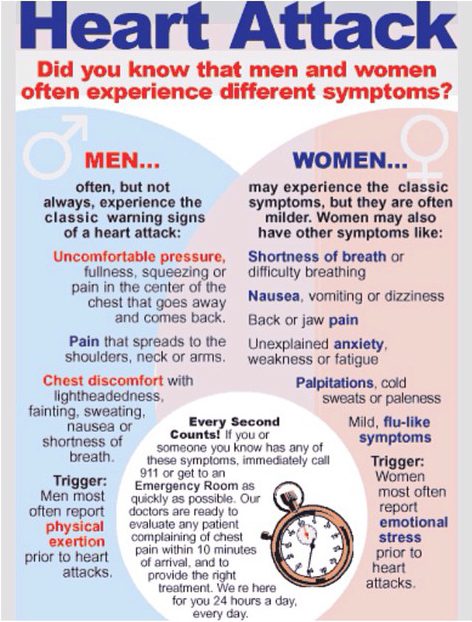February is American Heart Month. The leading cause of death in the United States continues to be cardiovascular disease, which also includes heart disease, hypertension & high blood pressure, and stroke.
Do you know the signs of a heart attack or stroke? Here’s what to look for.
Heart Attack (courtesy of the AHA):
- Chest discomfort – Most heart attacks involve discomfort in the center of the chest that lasts more than a few minutes, or that goes away and comes back. It can feel like uncomfortable pressure, squeezing, fullness or pain.
- Discomfort in other areas of the upper body – Symptoms can include pain or discomfort in one or both arms, the back, neck, jaw or stomach.
- Shortness of breath – with or without chest discomfort.
- Other signs may include breaking out in a cold sweat, nausea or lightheadedness.

Stroke (courtesy of the AHA): Use the FAST to help spot the signs of a stroke. The American Heart Association offers a free app for preparedness. The app is available via App Store or Google Play.
- Face Drooping – Does one side of the face droop or is it numb? Ask the person to smile. Is the person’s smile uneven?
- Arm Weakness – Is one arm weak or numb? Ask the person to raise both arms. Does one arm drift downward?
- Speech Difficulty – Is speech slurred? Is the person unable to speak or hard to understand? Ask the person to repeat a simple sentence, like “The sky is blue.” Is the sentence repeated correctly?
- Time to call 9-1-1 – If someone shows any of these symptoms, even if the symptoms go away, call 9-1-1 and get the person to the hospital immediately. Check the time so you’ll know when the first symptoms appeared.
To learn more warning signs and symptoms of a stroke, watch this video from the AHA.
While not all heart attacks or strokes can be prevented, you have the power to save a life. The Response Institute is in the top 1% of emergency training centers for the American Heart Association. Sign up today for CPR & First Aid classes so you are always prepared.

